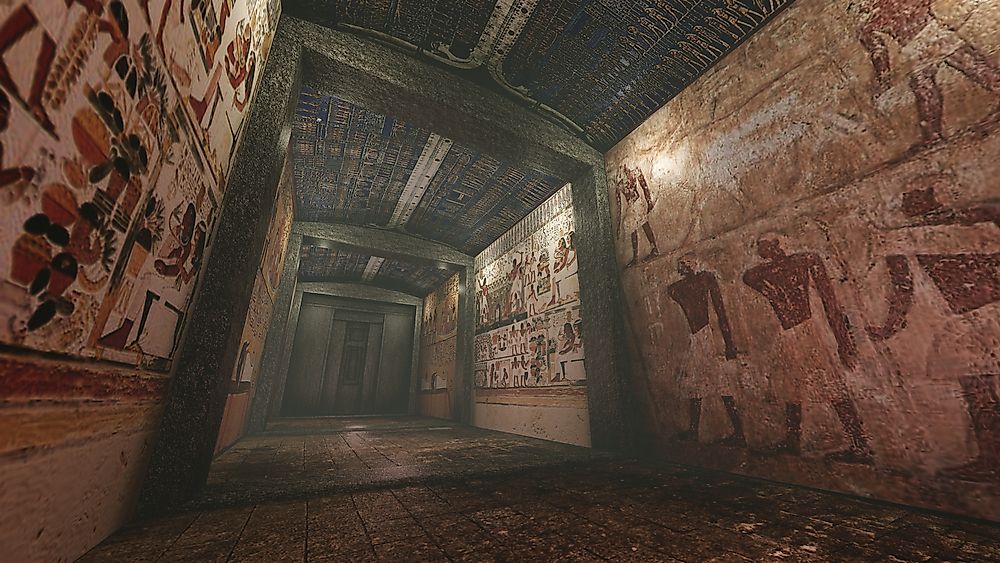How Did A "Mummy" Get Its Name?

A mummy is the corpse of a human or animal that has skin and organs that have been preserved, either intentionally or accidentally, so that it does not continue to decay. The preservation of the deceased body can occur due to exposure to chemicals, extreme cold, low humidity, or a lack of air. The most well-known mummies, such as those from ancient Egypt, were deliberately embalmed using chemicals to ensure preservation.
Origin of the Term "Mummy"
The term "mummy" is derived from the Latin word mumia, which is a borrowed word from the Arabic word mūmiya and the Persian word mūm, meaning "wax", which roughly translate to "enbalmed corpse", as well as an enbalming substance. Unwrapped mummies were observed to have blackened skin, which led to a misconception that the embalming procedures in ancient Egypt used bitumen. Additionally, in Medieval English the word "mummy" referred to the preparation of the substance of mummies, rather than the full deceased body.
Mummies in Ancient Egypt
The oldest mummy from ancient Egypt dates back to 3300 BC, and was nicknamed "Ginger" due to its red hair. The mummy was discovered along with various pottery vessels that may have contained food and drink that were believed to be needed during the afterlife. While "Ginger" is the oldest mummy discovered in ancient Egypt, it is not as famous as the mummies of pharaohs, such as Seti I or Rameses II.
Mummification Process
The mummification process in ancient Egypt was among the most elaborate in the world. Ancient Egyptians believed that the body needed preparation so that the "ka", the life force, and one of the most integral parts of the soul, would have a home. The mummification process was performed on the corpse to ensure it retained a resemblance to the person before death. The ancient Egyptians believed that close resemblance allowed the "ka" to identify its body. For royalty and the wealthy, the initial phase involved washing the corpse and removing all internal organs, except for the heart. The body and organs would then be placed in natron salt to remove moisture and prevent decomposition. Once dry, the body would then be embalmed in oils, wrapped in linen, and placed in a chest. The mummification process was less complex for the poor.
Mummies in China
Several Indo-European Chinese mummies dating back to 1600 BC have also been discovered. These mummies point to ancient interactions between the Eastern and Western worlds. The mummified remains are thought to have been from ancient Tocharians, who occupied present-day Xinjiang, China. Among the most famous mummies from the region is the "handsome Yingpan man."
Natural Mummies
Naturally preserved human mummies are relatively rare and are also among the oldest. In Europe, the Otzi mummy, dating back to 3300 BC, was found preserved in a glacier on the Austrian-Italian border. In the United States, a mummy discovered in the state of Nevada dates back to 7400 BC.
Modern Mummies
An esoteric organization called Summum began modern mummification in 1975 as a commercial mummification business. In 1978, German anatomist Gunther von Hagens developed a process of preserving bodies or body parts through an advanced technique called plastination, which essentially replaces water and fat and with certain plastics.











